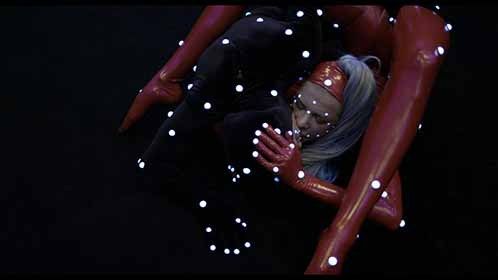This week’s readings were incredibly insightful and fun to read, especially due to the fact that it focused around the idea of “Art Cinema” (according to Bordwell). In an age where art cinema is increasingly accessible, and rewarded as well, it’s important to understand the characteristics of art films and how they function in our understanding of art cinema as a whole.
Within his essay, “The Art Cinema as a Mode of Film Practice,” Bordwell discusses the nature of art cinema in relation to Hollywood cinema, which in turn gives art cinema its unique characteristics. In Bordwell’s comparison, he takes note of key differences between art cinema and Hollywood cinema, mainly in the form of narrative structure and character psychology and motivation. Narrative structure in Hollywood follows a clear-cut “cause-and-effect” mode of storytelling, with clear endings. Art cinema differs here in the aspect that narrative structure instead relies on character psychology to push the plot forward rather than cause-and-effect events, often leaving a more ambiguous ending that relies on viewer interpretation to effectively “wrap up” a story. Mentioned in the last sentence, character psychology and each character’s motivations take on a new role in art cinema. In Hollywood cinema, most characters strive towards a goal, which is often stated explicitly, and do not have much depth outside of their motivation for reaching their goal. Character depth is turned upside down in art cinema, which features mentally complex characters whose motivations and desires may not be clear at times. Bordwell also points to other differences as well: location shooting, “natural” acting, and depictions of daily life, which work together with all other aspects to develop a film that more closely imitates reality. With all of these deviances from Hollywood cinema and its unique traits, art cinema encompasses a “mode of film practice.”

We see Bordwell’s ideas regarding art cinema transfer over to an interview with Leos Carax, director of Holy Motors. Learning a bit more about the structure of Holy Motors, it is evident that both the plot and the main character, Monsieur Oscar, are deeply rooted in art cinema practices. The film follows Oscar as he is chauffeured around Paris in a limousine, with him taking up various costumes and roles. We are not told where his final destination is or exactly why he occupies these various roles; the resultant ambiguity from Carax’s choices regarding plot and character psychology directly relate to Bordwell’s ideas regarding some of the main aspects of art cinema. Reading the interview transcript, one gets a sense that the film is deeply conceptual as we read Carax’s various ideas regarding what Oscar symbolizes and what “home” is in our current era. Given all of this information, I have no doubt that we can expect a real mind-bender of a screening from this week’s feature: Holy Motors.
